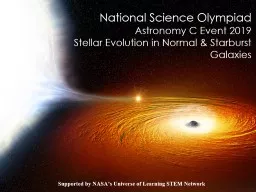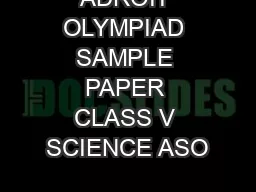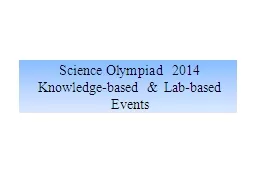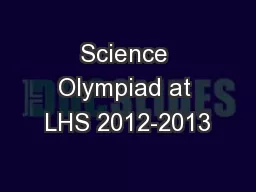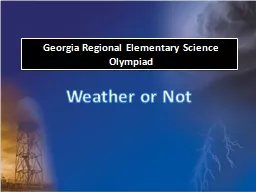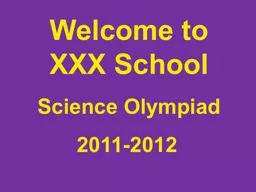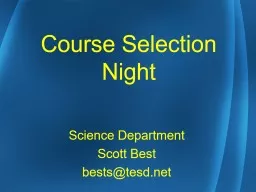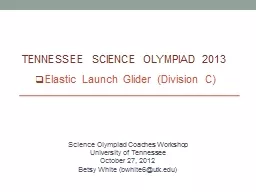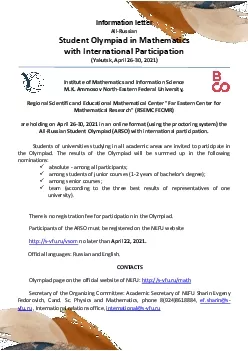PPT-National Science Olympiad
Author : lois-ondreau | Published Date : 2019-06-23
Astronomy C Event 2019 Stellar Evolution in Normal amp Starburst Galaxies Supported by NASAs Universe of Learning STEM Network NASAs Universe of Learning NetworkCXCNSO
Presentation Embed Code
Download Presentation
Download Presentation The PPT/PDF document "National Science Olympiad" is the property of its rightful owner. Permission is granted to download and print the materials on this website for personal, non-commercial use only, and to display it on your personal computer provided you do not modify the materials and that you retain all copyright notices contained in the materials. By downloading content from our website, you accept the terms of this agreement.
National Science Olympiad: Transcript
Download Rules Of Document
"National Science Olympiad"The content belongs to its owner. You may download and print it for personal use, without modification, and keep all copyright notices. By downloading, you agree to these terms.
Related Documents

